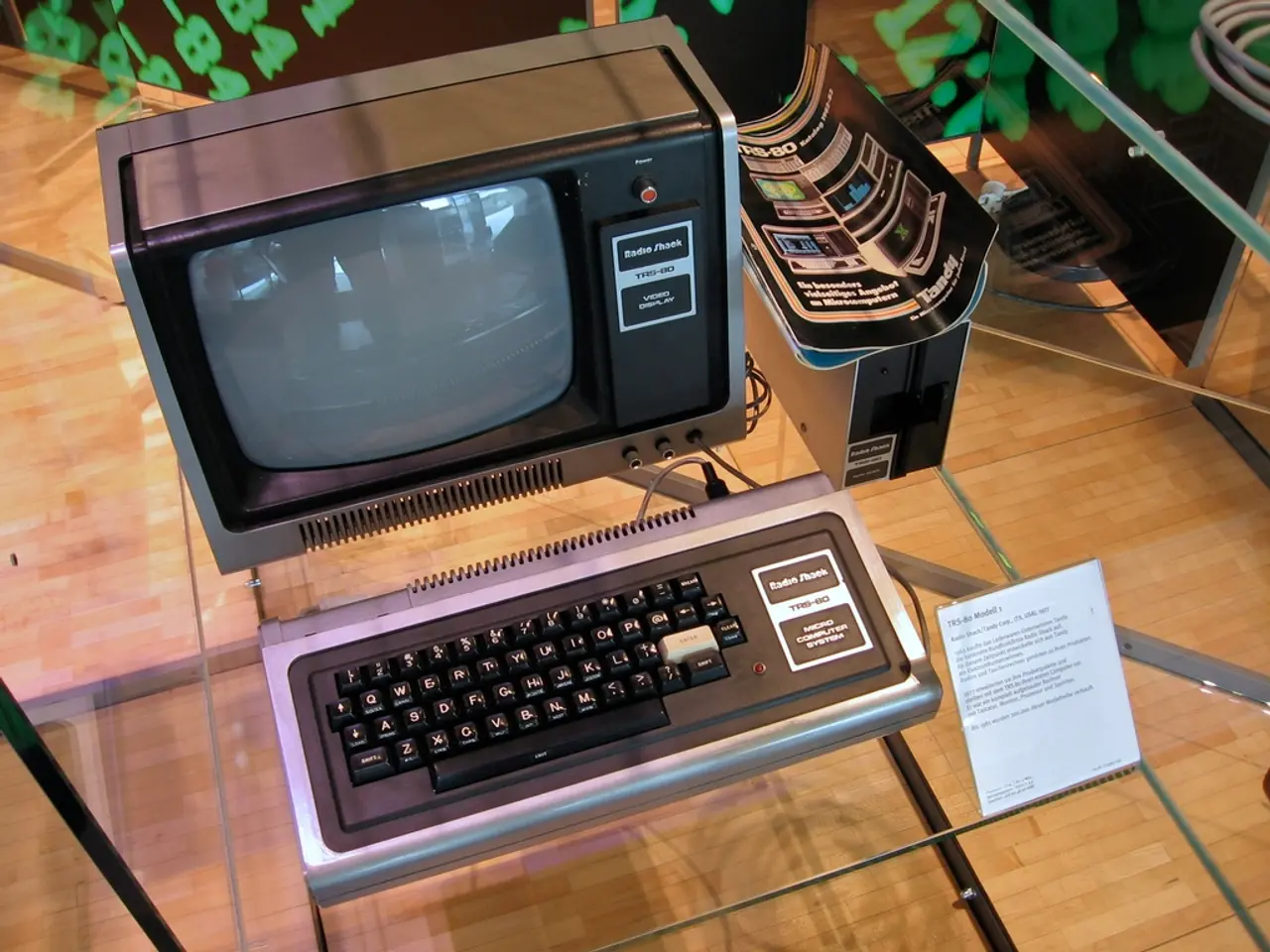Methods for Examining PCB Design and Tidying Up Layout
In the realm of electronics manufacturing, a meticulous PCB layout review and cleaning process is essential to ensure both functional and manufacturable designs. Here's a detailed guide on how to conduct this process effectively:
## **PCB Layout Review and Cleaning Process**
### 1. **Stack-Up Review** - **Purpose**: Optimize the layer stack-up for signal integrity and manufacturability. - **Checks**: Verify the placement and segmentation of power and ground planes, sandwich signal layers between ground planes, and strive for symmetry in the stack-up to prevent warping during manufacturing.
### 2. **Trace Review** - **Purpose**: Optimize trace width and spacing for signal integrity and manufacturability. - **Checks**: Ensure trace widths match the required current-carrying capacity and signal speed, verify that trace spacing is sufficient to prevent electrical noise and crosstalk, and correct sharp corners with fillets or rounded corners.
### 3. **Vias Review** - **Purpose**: Ensure vias are properly placed and sized for signal integrity and manufacturability. - **Checks**: Verify that via sizes are appropriate for the thickness of the board and the required current, check that vias are not too dense, which can lead to manufacturing issues, and ensure thermal vias are used for components that require enhanced heat dissipation.
### 4. **Component Placement Review** - **Purpose**: Ensure components are placed efficiently and correctly for assembly and functionality. - **Checks**: Verify that components are placed for optimal signal flow and thermal management, ensure that components are not too close to the edge of the board, and check for correct component orientation and spacing to facilitate assembly and reduce rework.
### 5. **Board Dimension Checks** - **Purpose**: Confirm that the board dimensions are correct and manufacturable. - **Checks**: Verify that the board size and shape are as specified, check that the board thickness is correct for the intended application, and ensure that mounting holes and other mechanical features are properly placed.
### 6. **Solder Mask Openings Review** - **Purpose**: Ensure that solder mask openings are correctly sized for components. - **Checks**: Verify that solder mask openings are large enough to allow for proper soldering but not so large that they cause solder bridging, and check that the solder mask openings align with component pads.
### 7. **Silkscreen Review** - **Purpose**: Ensure that silkscreen markings are clear and useful for assembly. - **Checks**: Verify that component designators and other text are legible, check that text is not placed too close to the edge of the board or over components.
### 8. **Component Clearance Review** - **Purpose**: Ensure that there is adequate clearance between components and other features. - **Checks**: Verify that components have enough clearance from each other and from board edges, check that there is sufficient clearance for tooling and manufacturing processes.
### 9. **Production File Checks** - **Purpose**: Ensure that production files are complete and accurate. - **Checks**: Verify that all necessary files are included (e.g., Gerber files, pick-and-place files), check that files are correctly formatted and follow industry standards (e.g., IPC standards).
### **Final Cleaning and Verification** - **Run automated design rule checks (DRCs)** to catch any errors in trace width, spacing, and clearance. - **Perform a visual inspection** to ensure that all components, vias, and other features are correctly placed and sized. - **Test for manufacturability** by simulating assembly processes and checking for potential issues.
By following these steps, you can ensure that your PCB design is both functional and manufacturable, reducing the risk of costly reworks and improving overall efficiency. Additionally, maintain uniform impedance across the board, especially in high-speed and high-density circuits. Implement termination components to mitigate impedance mismatches.
[1] Board dimension checks require ensuring the circuit board dimensions meet casing requirements, providing optimum clearance between the copper trace and the board edge, and checking for anti-pads on all non-plated holes.
[2] If implementing controlled impedance through the dielectric, specify the material requirement (type and number of prepreg/core) in the production data.
[3] Trace placement in the board design should optimize width based on impedance and current carrying capacity, minimize signal line and return path length, maintain sufficient clearance between traces, and prevent sharp 90° bends.
[4] Confirm that all required decoupling capacitors are implemented to isolate AC and DC circuits.
[5] Separate analog and digital circuits, including different kinds of traces (clock, audio, video) and components dealing with these signals, and include filters when there is communication between the groups. Ensure all test points are on a single side (preferably on the bottom side) of the board and clearly marked in the prototype.
[6] Regulate other EMC/EMI issues by checking for via stubs or unconnected nets that can act as an antenna and cause signal distortion, and implementing daisy chain routing to avoid them.
[7] Polygons structures in PCB design should have no floating copper pours, be connected to the ground plane, and not create any open nets. Avoid placing vias on high-speed traces to prevent signal distortion.
[8] Design review for PCB testing involves choosing the testing method as per the board layout and providing test pins, ensuring test points do not interfere with the actual circuit, and avoiding using test points that become stubs or create impedance mismatches in high-speed interconnections.
[9] Verify the provision of pins on signal traces for testing requirements, including space for clamping the board or fiducial marks. Validate production data carefully, including the number of layers in the circuit, finished board thickness, materials required according to the application, standards/classes with which the board has to comply, outer and inner layer copper thickness, color and type of solder mask finish, color and type of silk screen, type of surface finish, controlled impedance requirement, control dielectric requirement, minimum trace width and spacing, number of drill holes in the circuit, types of via and their filling, manufacturing tolerances, and file revision dates.
In the detailed guide, it is recommended to maintain uniform impedance across the board, specifically in high-speed and high-density circuits. This can be achieved by implementing termination components to mitigate impedance mismatches.
Moreover, in the realm of advanced gadgets that heavily rely on technology, especially those employing high-speed and high-density circuits, it's essential to control impedance to prevent signal distortion. This is crucial in ensuring the efficient functioning and manufacturability of these technology-driven gadgets.




